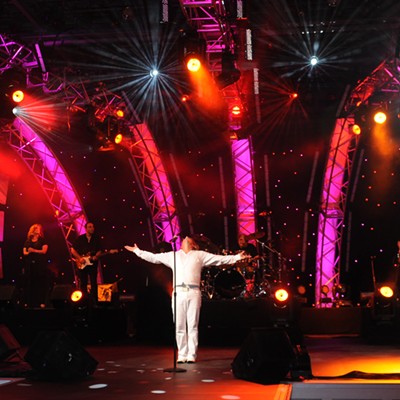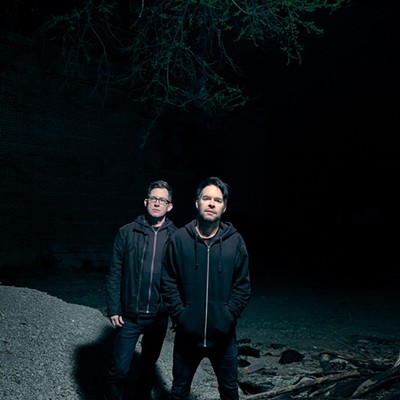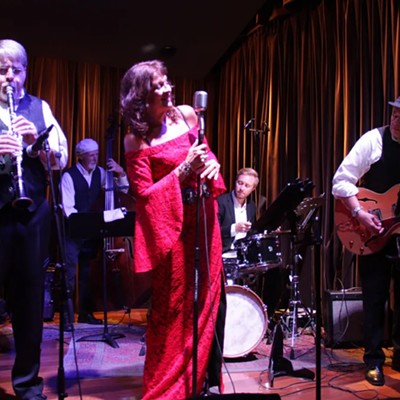For many decades rock 'n' roll has followed a rather predictable trajectory: In the early part of any 10-year period, there's a creative breakthrough—in the '90s, that meant the blooming of alt-rock, which coalesced strands of the '80s new wave, college- and indie-rock trends. In the U.S., it was Nirvana et al, and in the U.K., bands like Oasis, Elastica and Blur. The 2000s saw garage and proto-punk simplicity rise on both sides of the Atlantic—the Strokes, White Stripes and the Libertines.
By mid-decade, creativity, commercial success and cultural relevancy had peaked and for the remainder of rock's cycle, diminished returns saw once vibrant sub-genres become almost self-parodic. Rock 'n' roll was on life support. Though many were penning its obituary, the sunset is always temporary.
Either way, 1998 was a bleak year for guitar-oriented groups in the last monocultural moment before popular music's unprecedented fragmentation due to the widespread democratization of tastemakers and gatekeepers at the hands of the internet. The zeitgeist of '98 made superstars of Kid Rock and KoRn, but the task of searching for these acts' redeeming qualities now makes it an unworthy undertaking.
Out of this heap, which was piled high with pure white-teen angst—personified as a particularly slick corner of a frat house floor after a long night of punch and roofies—came one of the era's finest area bands, How to Build a Rocketship.
Rocketship was ostensibly an alternative/indie rock quartet not entirely divorced from the trappings of the time. Led by singer/guitarist Jason Garthwait and a rhythm section consisting of the band's other two principal members (and lifelong collaborative partners) bassist and guitarist Mario Cordova and drummer John Matzek, Rocketship found common ground in Velvet Underground (by way of Spiritualized) drones and widescreen tundras of pre-OK Computer Radiohead. Crucially, after almost a full decade of despondency and gloom inherent in rock with underground roots, the band ditched all traces of angst and anger. So their anthemic bliss was actually forward-looking.
In the few years leading up to around 2000, when Rocketship dissolved, they managed one full-length, the captivating Thank You Easter Bunny, an album worth more than the few dollars you'll spend liberating it from used CD bins.
But experiencing the band live was a completely different story. Rocketship's shows in the late '90s were frequently mesmerizing, always exhilarating. They sounded like an inversion of post-punk arena rock, and their seeming introspection was, in fact, mostly superficial; the band left a big question mark where there should've been definition, letting the audience project their own desires into the remaining space. This predated the following decade's indie rock—in making much ado about not much.
Since 2000, Garthwait relocated to the east coast while musical soul brothers Cordova and Matzek played in a slew of worthy bands, including Some of Them Are Old, La Cerca and, most recently, Kicking Leaves. In the interim, Rocketship has played twice, a pair of reunion shows in 2014 that succeeded in replicating past glories. Their return to the stage this weekend is the only time they're performing for the foreseeable future. To paraphrase the outgoing President Obama, it would wise to show up and dive in, especially if it really is the last time.
Celebrate the 20-year musical relationship between John Matzek and Mario Cordova, featuring four bands they've played in together: How to Build a Rocketship, Ghost Lodge, Kicking Leaves, and La Cerca. It's also a benefit show for Downtown Radio. Saturday, Jan. 21 at The Flycatcher, 340 E. 6th St. $5. 9 p.m. 21+.







